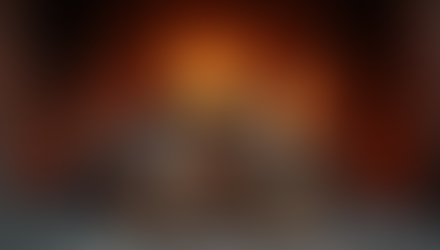Choosing the right drywall for your project
- Corey Gilmer
- Aug 17, 2019
- 3 min read
There are many types depending on the activity and the place where it will be installed. One important advantage that drywall offers is the presence of tapered edges on the long edges of drywall sheets that, when joined together, form a shallow recess for drywall tape and joint compound that allows for invisible finished joints.

There is also an ECO board made from recycled material to create drywall that looks like concrete. But don't get confused by the names, as drywall is also known as Sheetrock (U.S. Gypsum Corporation product), gyp board, gypsum board, plasterboard, and wallboard.
Regular Drywall or White Board
Regular drywall is normally white on one side and brown on the other. It probably is the most economic drywall type and comes in different sizes ranging in thickness from 3/8 inches to 1 inch. This is the most common type used and is normally available in 4 x 8 foot panels all the way up to 16 foot panels or larger for special projects.

Green Board Drywall
Green board drywall, also known as moisture-resistant drywall, has a green covering that makes it more resistant to moisture than regular drywall.
It is somewhat more expensive, but be aware that it is not waterproof, so don’t use it if it’s going to be in contact with water. It is also often used as a tile backer in limited wet areas such as bathroom and basement walls, plus kitchens, and laundry and utility rooms.
Blue Board Drywall
Blue board drywall is also known as plaster baseboard. Blue board is used for veneer plastering, and the surface paper has special absorption qualities.
It has a high water and mold resistance and there are fewer steps involved in veneer plastering. Blue board drywall is not made for mud, tape, or paint.
It works extremely well in bathrooms or places with a lot of moisture and helps reduce noise.
Paperless Drywall
Paperless drywall has been replacing paper drywall. This type of drywall is covered with fiberglass instead of paper, which protects the gypsum board from rot and offers even greater resistance to mold and mildew.
The quality of the board is a little tougher than regular drywall, but some construction pros find it easier to cut.
Paperless drywall has some slight textures that will require applying joint compound to achieve a smooth clean finish drywall level.
Purple Drywall
Purple drywall offers the same advantages as regular drywall, but with superior moisture- and mold-resistant characteristics.
It can be used with all wall and ceiling applications and is ideally suited where enhanced moisture and mold resistance is desired. If it is going to be in contact with water, this is the one to use.
Type X Drywall
This is the so-called fire-resistant drywall. Several thicknesses can be used in layers to achieve a higher fire rating. It is harder to cut and work than regular drywall and normally is used in garages, rooms, and apartment buildings, as it is required by several building codes.
Type X drywall is made with special noncombustible fibers. It normally comes in 5/8-inches thickness and its extra thickness can also improve its soundproofing characteristics.
To receive the "Type X" designation, a gypsum board must achieve at least a one-hour fire resistance rating for 5/8-inch board or a 3/4-hour rating for 1/2-inch board in a single layer, nailed on each face of load-bearing wood framing members.
Soundproof Drywall
Soundproof drywall is composed of laminated drywall made with a mix of wood fibers, gypsum, and polymers increasing the STC (sound transmission class).
This drywall is denser than regular drywall so it might be a little harder to cut than other types of drywall. Due to its soundproofing characteristics, it is used in areas where noise is a problem or when silence is required in a room.
This one might be used in your family room walls or, if you are a musician, it might help you in your music room.
























Comments